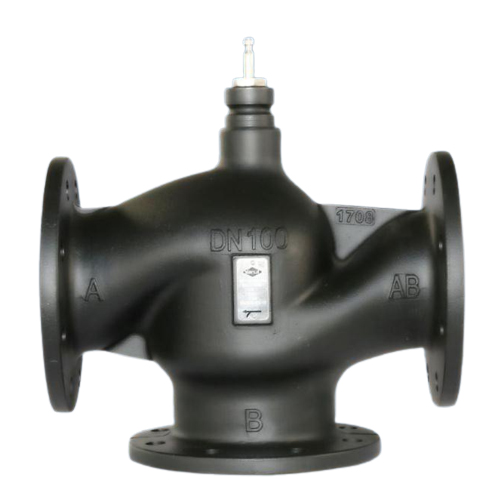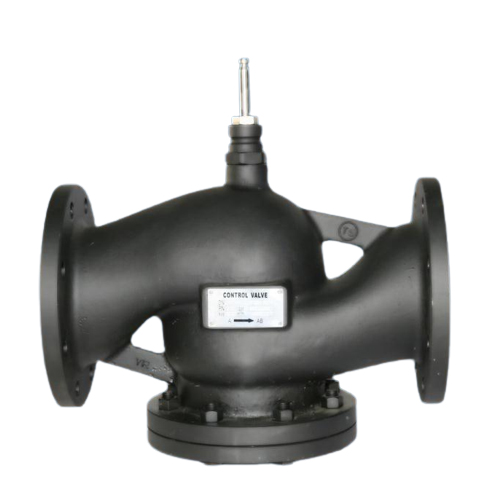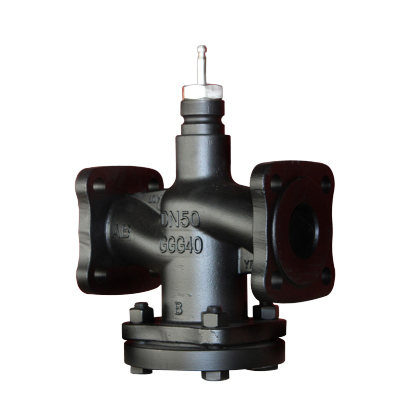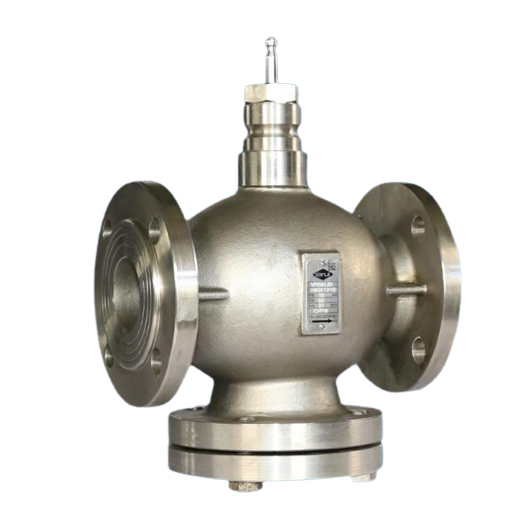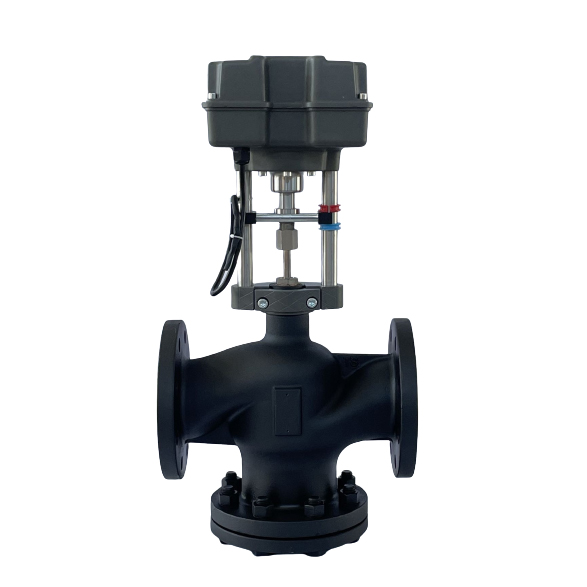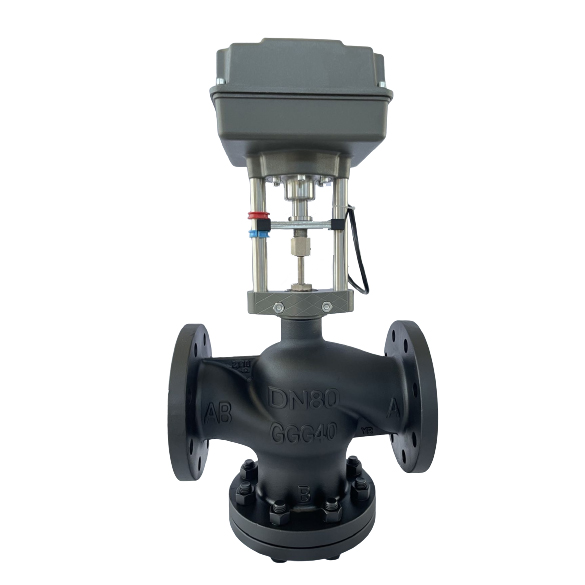Siemens temperature control valves are commonly used in temperature control applications such as air conditioning, refrigeration, and urban heating. The principle behind the Siemens temperature control valve is to regulate the flow of primary heat (cold) medium by controlling the inlet flow of heat exchangers, air conditioning units, or other heat and cold equipment to achieve the desired outlet temperature of the control equipment. The valve adjusts the flow rate by changing the valve opening to eliminate any influence caused by load fluctuations and restore the temperature to the set value. F
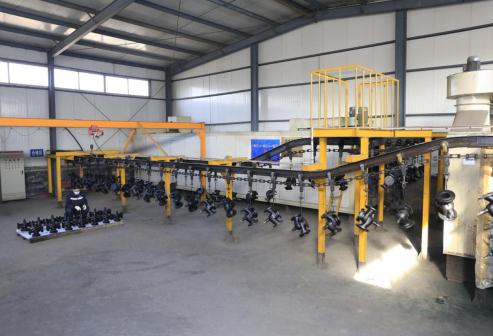
The function of Siemens temperature control valves in building automatic control systems can help to save energy and meet the various temperature adjustment needs of different users. When installing the Siemens temperature control valve, it is important to follow these instructions:
Step 1: Check the product again before installation, as it has been strictly tested before leaving the factory.
Step 2: Verify the quantity and model according to the order and delivery packing list.
Stop 3: Install the valve body near the heat medium inlet on the primary side.
Step 4: Connect the electric actuator with the valve body.
Step 5: Install the water outlet/air supply sensor near the outlet of the secondary side.
Step 6: Install the outdoor temperature compensation sensor (if selected) in a shaded place outdoors, at a height of ≥2.5m from the ground, and away from doors and windows.
Step 7: Install the electric control box and controller near the equipment for easy operation.
Step 8: Test the performance of the temperature control valves.
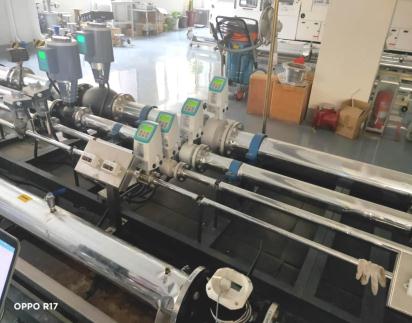
By following these instructions, the Siemens temperature control valve can be installed effectively, allowing for accurate temperature control and improved energy efficiency.
